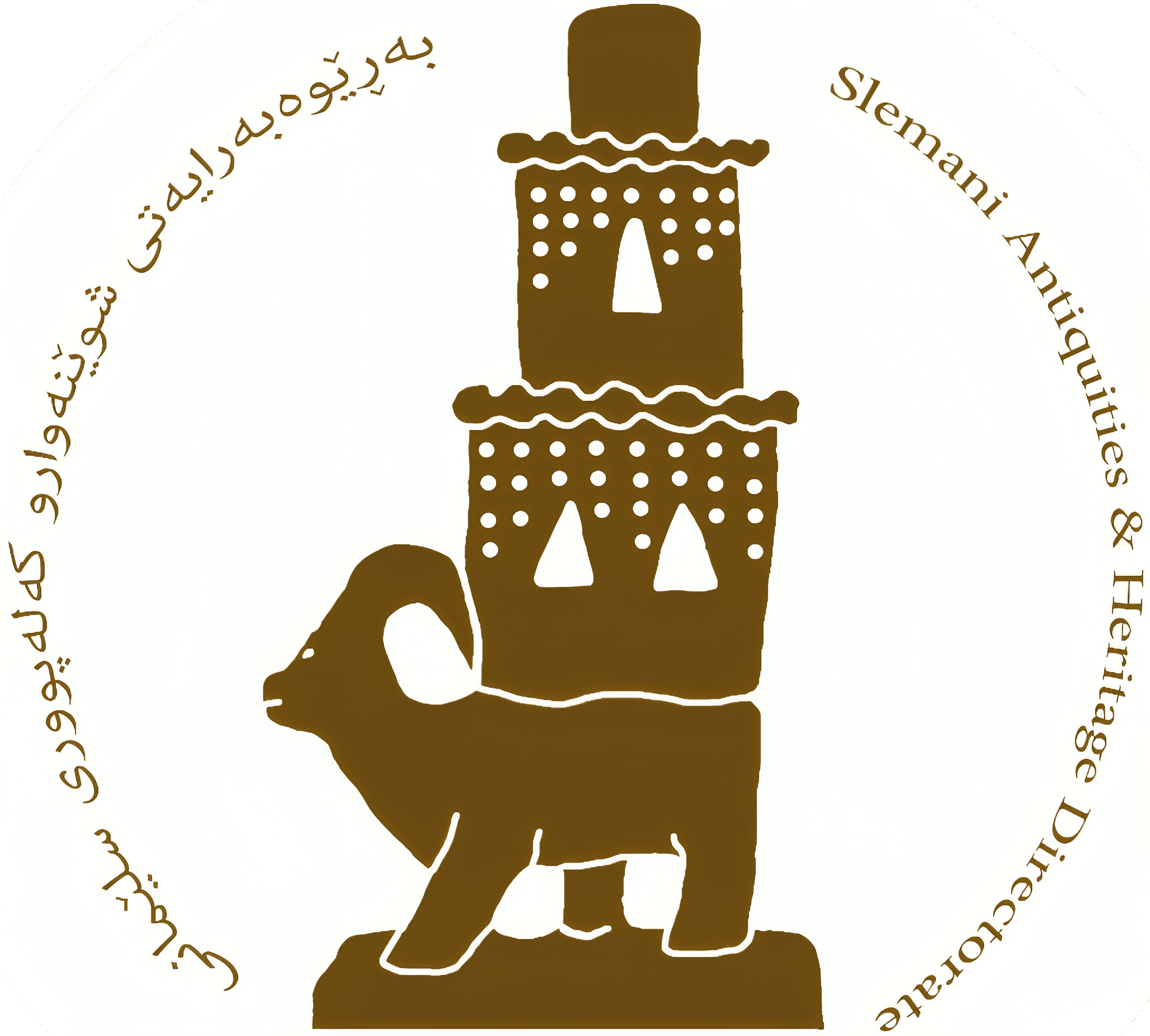NEW INVESTIGATIONS IN THE ENVIRONMENT, HISTORY, AND ARCHAEOLOGY OF THE IRAQI HILLY FLANKS: SHAHRIZOR SURVEY PROJECT 2009–2011
240128075418.png)
In 2009, a joint team from the University of Heidelberg and the Directorate of Antiquities of Sulaymaniyah initiated an archaeological survey in the province of Sulaymaniyah, Iraq, in the region of the Shahrizor Plain. Since 2011, the Shahrizor Survey Project (SSP) has been joined by staff from University College London, focusing on historical and palaeoenvironmental research, and from Leiden University, investigating prehistoric periods.2 The survey area lies in the east of the province near the border with Iran.
The Shahrizor is a plain stretching from the north-west to the south-east along the western edge of the Zagros and south-east of Sulaymaniyah between Arbat and
Halabja (Fig. 1). The research goal is to apply a multidisciplinary approach to bring forth new information on the region’s palaeoenvironment, history, and archaeology, in order to better understand how these three components interrelated and influenced the region’s social and socio ecological development in the past.


240111034934.jpg)
240128080352.png)